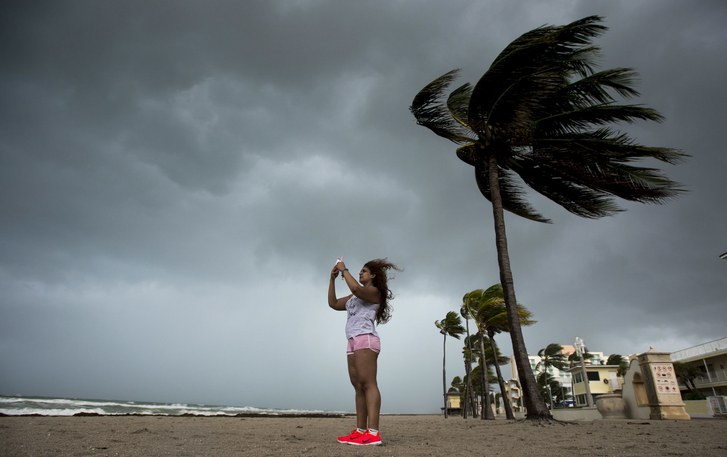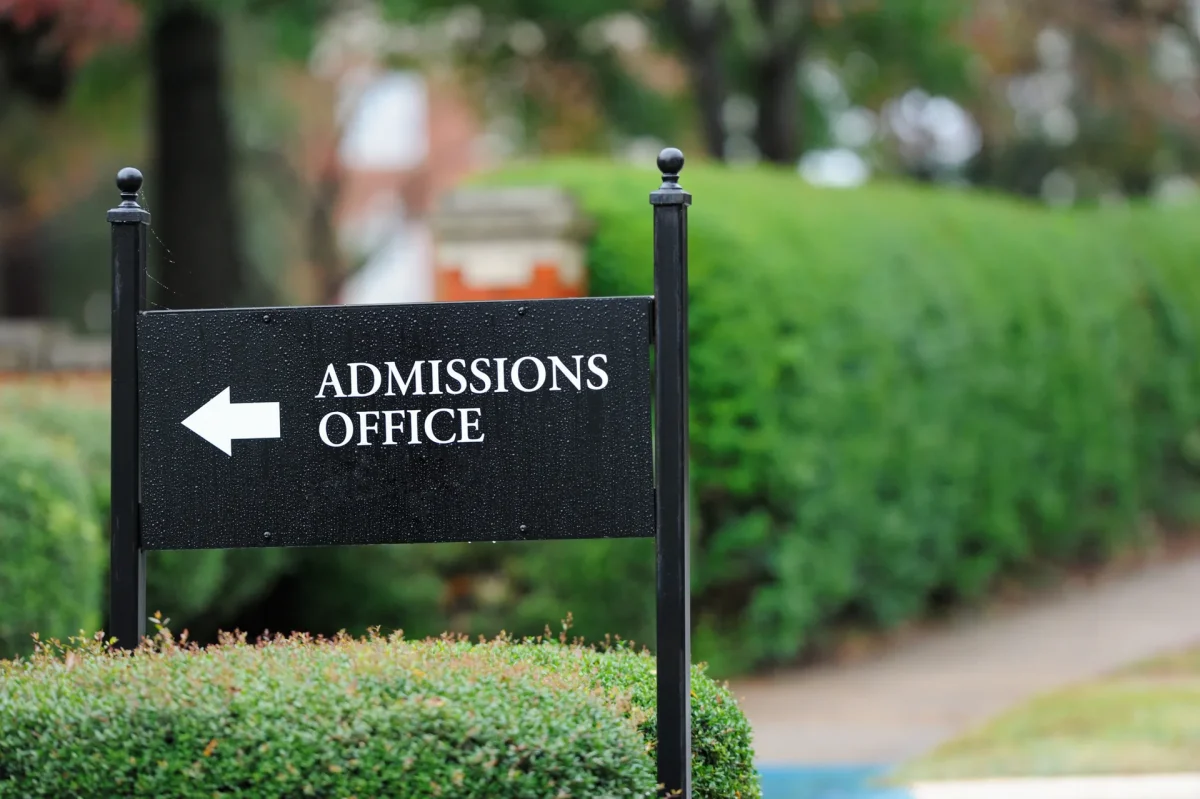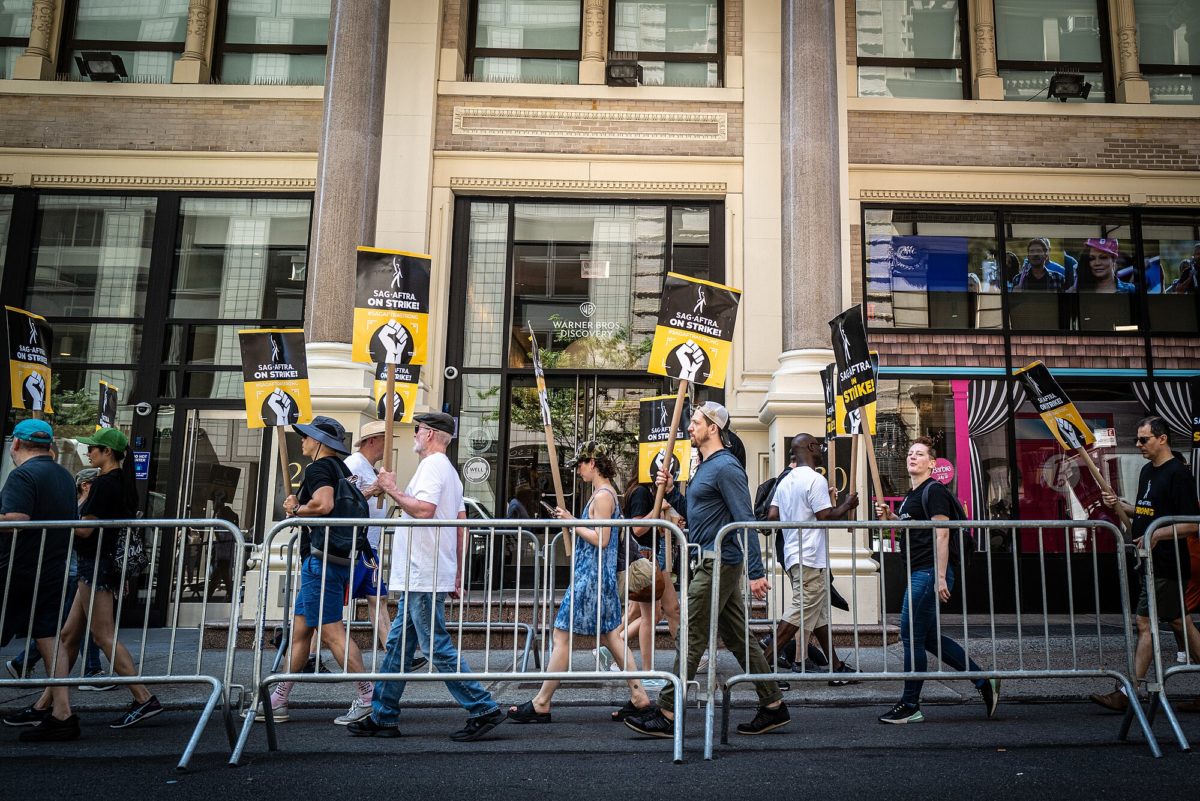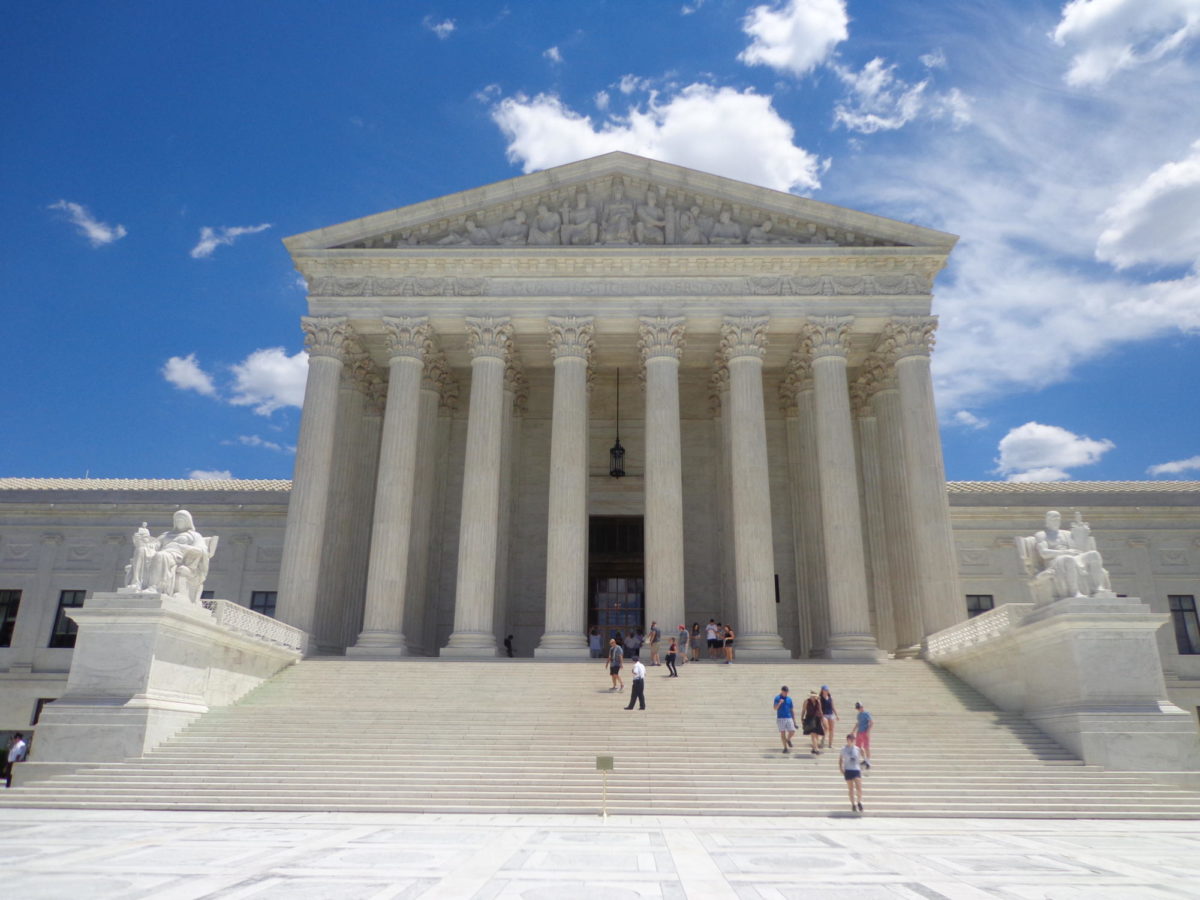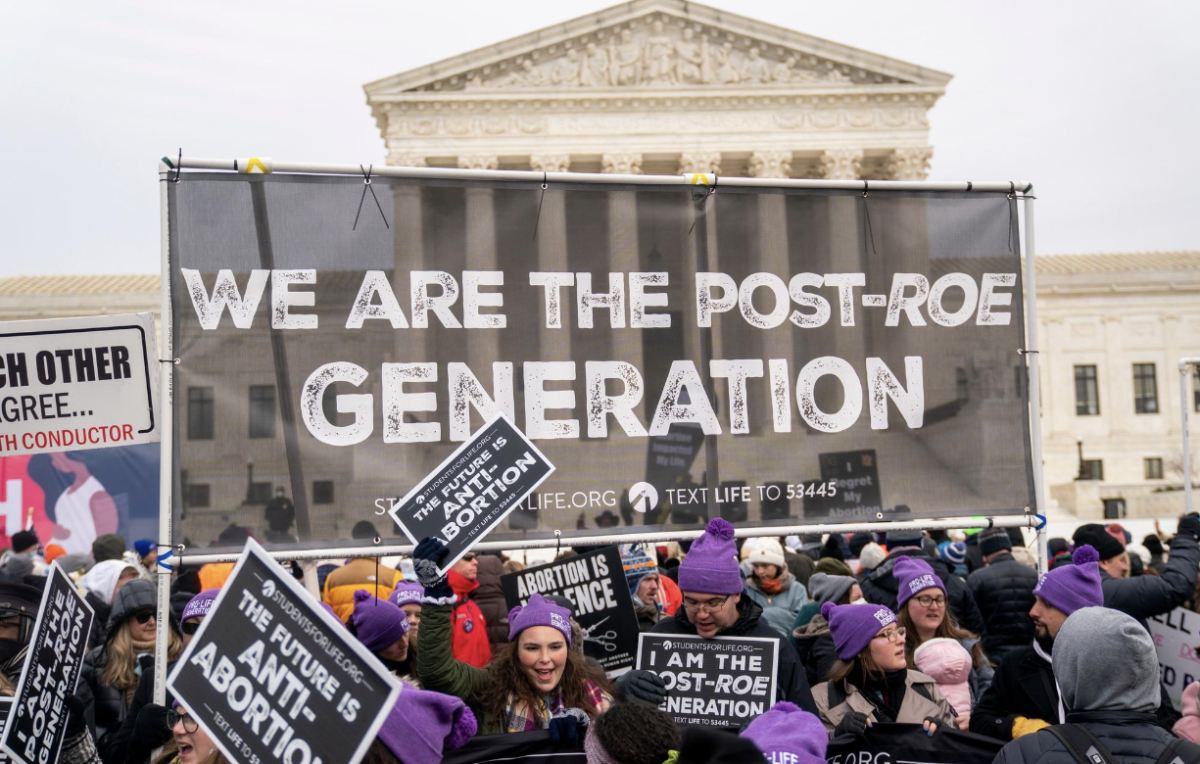The Southwest coast of Florida was struck last week by devastating Hurricane Irma, which arrived after rampaging the Caribbean Islands.
Detected only days after Hurricane Harvey damaged numerous parts of Texas, Hurricane Irma is the second major storm during hurricane season in America that has resulted in significant land damage.
Aside from three-quarters of Florida left with no power for days, the Caribbean Island St. Maarten was hit the hardest. Wind speeds reached up to 220 M.P.H, and food supply quickly became a problem. Many residents in the Caribbean worry their areas of damage will be forgotten.
Shelby Alfred, a nurse stationed in areas close to St. Maarteen, told NBC News Tuesday the damage is overwhelming.
“There’s no air conditioning, no water, just cots pushed up against each other with tons of people in them — mostly people that lost their homes,” Alfred told NBC News.
Financial aid sourced from organizations such as Red Cross has difficulty reaching areas outside of America due to strict regulations, making relief aid for the Caribbean more difficult. This could result in an extended recovery time for the islands, beyond the deficit they already face.
Hurricane Irma’s arrival in Florida was anticipated days in advance; however, many residents of Miami had difficulty believing evacuation was the smartest choice. Tony and Shery Touhey, residents of Miami-Dade County, chose not to evacuate the area despite numerous suggestions to do so.
“It really came down to us tracking the storm on the news, and deciding if leaving the whole area with the little we have was ideal,” Touhey commented. “We are extremely grateful that the hurricane turned west before hitting Miami, but that doesn’t mean we made the best choice.”
In Florida, the areas affected the most by Hurricane Irma are Tampa Bay – on the Western side – and the Florida Keys, in the south.
The death toll remains around nine, and dozens of beach houses were destroyed. Power lines and palm trees remain strewn in streets, and search and rescue crews continue to provide aid.
Public awareness in America of Hurricane Irma was at a peak, leading some to believe media coverage of the national disaster was excessive. Ethan Steck, a freshman at San Francisco State University, believes news outlets displayed Hurricane Irma as a sporting event rather than a catastrophe.
“There were reporters standing outside in the howling storm giving live coverage like it was the Super Bowl,” Steck told the Woodside World. “It is very obvious some of these stations are pumping out headlines about the storm just for views.”


